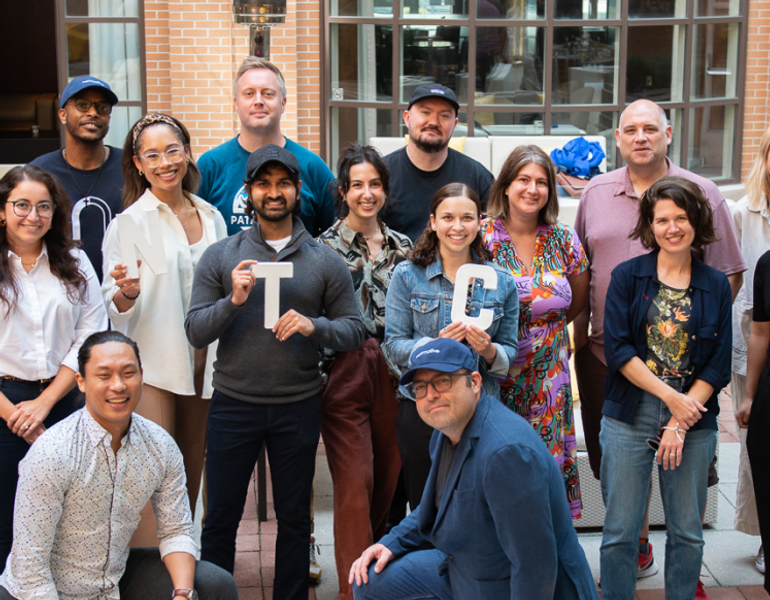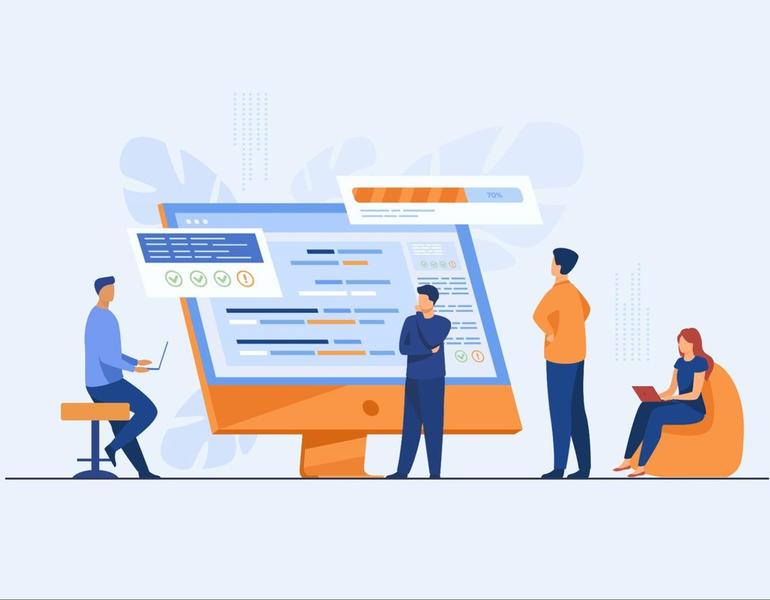"I Have a Good Feeling" is a Broken Concept. There’s a Better Way
When was the last time you had a good feeling about something and it worked out exactly as you hoped?
It can happen. But in business, a good hunch needs validation. And validation needs a plan. That plan should include generating evidence to support your hunch. Your goal is to discover the best possible opportunity for your hunch before you commit significant resources to it.
Even the most outrageous, innovative, and disruptive ideas can be validated. In fact the more outrageous it is, the more validation it needs. Validation is one of the core components of Evidence Driven Innovation (EDI), which is itself based on the customer development process. It starts with finding a customer, or customer discovery. You must turn your hunch into testable assumptions and hypotheses that can be put in front of customers to understand their needs, preferences, problems and whether or not your ideas can solve them. It continues with validation in the form of a repeatable sales process. Then it’s about growing your customers from a few to many. This is called customer creation, and it’s where you ‘cross the chasm’ from early adopters to the mainstream.
With each step in the customer development process, you are using more and more evidence to reduce risk and take your innovation from hunch to market success. We call it finding and creating a customer.
From Hunch to Hypothesis
Generating evidence to explore your hunch is not hard to do, and doesn’t have to slow things down. In fact it speeds things up because without evidence, decision-makers will hesitate to embrace the idea and then you end up right back where you started. Evidence helps avoid such catastrophic failures by making innovations less risky and more acceptable to the folks with the funding.
EDI requires innovators to resist the urge to go straight to solution and start building before they know if consumers will use it, pay for it and if the market is big enough to justify the investment. A good EDI process will help an innovator turn a hunch into a hypothesis that can be tested with customers and used to build a business case that properly assesses the innovation’s potential risks and rewards.
Good Questions Drive Better Solutions
So how do you know if you’ve generated enough evidence to support your hypothesis and move forward with your product innovation?
The good news is, with EDI you are building towards your end goal as you test and learn from the market. Start with your business case and list out the assumptions that you are making around your product. What will it cost you to produce this product? How big is the market? What features will it have? How much revenue will you generate? Who is your customer? What problem are you solving for them? How do they solve it now? What makes your solution better? What’s going to make them switch?
Once you’ve identified the questions that you need to answer, the ways to generate the evidence will reveal themselves. Then you can create and run experiments in-market with real customers. For example, you can run “smoke test” campaigns on Instagram, facebook or google to test and refine the value proposition of your solution. You can recruit representative customers from your customer base, and test the solution with them to determine if it solves a problem that they have. You can build prototypes to test features, look and feel and branding. With each successive step you learn more about your consumer, the market, and the business case.
Evidence Takes Eureka to the Bank
Eureka moments are always exciting. They compel you to bring your idea to life as soon as possible. In business, they have the potential to create tremendous value for both customers and for the firm. But business needs to be convinced that as much risk as possible has been eliminated and enough of a market exists to justify the investment. That requires lots of evidence.
You need to go from hunch to testable hypothesis. You need to get out of the office and test that hypothesis with customers. The extra effort of finding and creating a customer will actually save you time in the long run because by doing so you are generating the evidence necessary to mitigate decisionmakers’ fear of risk and inspire their support.




